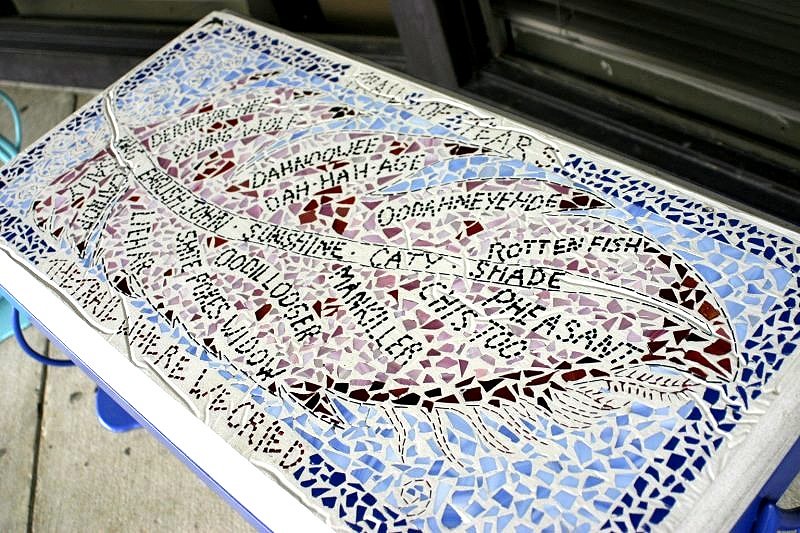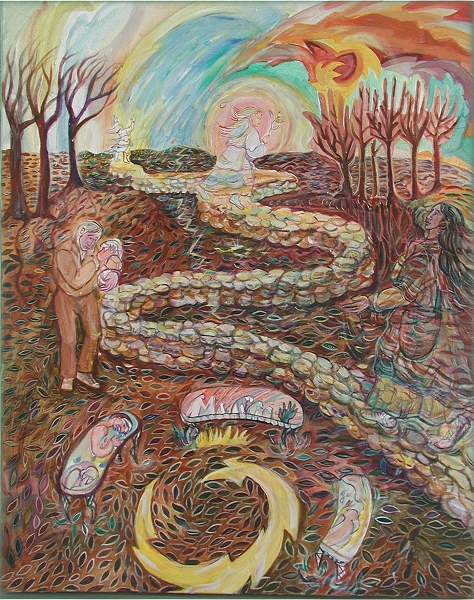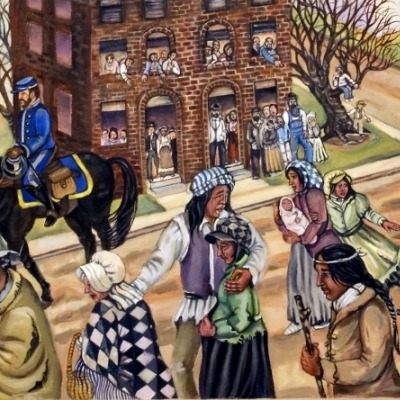 The Trail of Tears was the forced removal of the Native American people from their ancestral homelands in the southeast, to what is now the State of Oklahoma.
The Trail of Tears was the forced removal of the Native American people from their ancestral homelands in the southeast, to what is now the State of Oklahoma.
The tragic events are depicted through a variety of mediums and can be seen where they mark the trail and its route through various cities and towns of Tennessee.
- The Trail of Tears Interpretive Center, Pulaski, Tennessee
- Lawrenceburg, Tennessee
- Town Square, Mount Pleasant, Tennessee
- Bench Project
- Bodenham Monument for Bell’s and Benge’s Routes
When I turned 18, I learned about The Trail of Tears, and as I researched this part of our collective history, my heart broke. I had always suspected that native peoples seem to hold the keys to environmental sustainability and spirituality. I was angry that this chapter of U.S. history had been omitted from my education, and wondered what other things have continued to be kept from public knowledge. It was then that I vowed not to live a conventional life, and dedicated myself to seek out truth through beauty and art.
Listen to Bernice
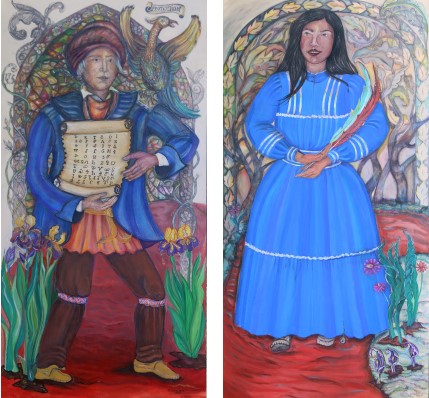
The Trail of Tears Interpretive Center, Pulaski, Tennessee
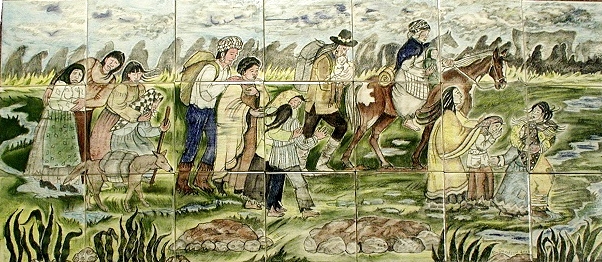
Painting on tiles, Bench top
Rotary Park, Lawrenceburg, TN, Funded by First Volunteer Bank
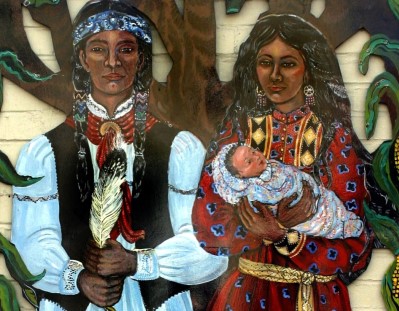
Outdoor mural, town square, Lawrenceburg, Tennessee
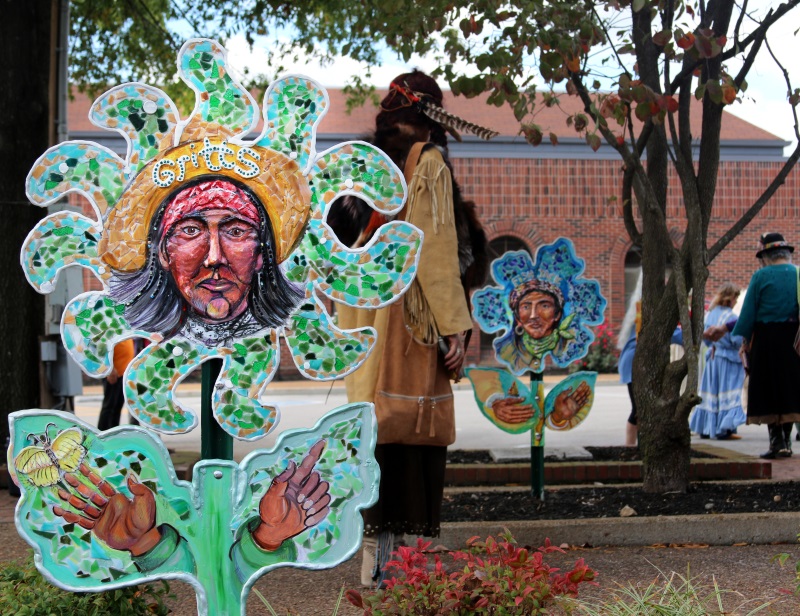
Outdoor display, town square, Mount Pleasant, Tennessee
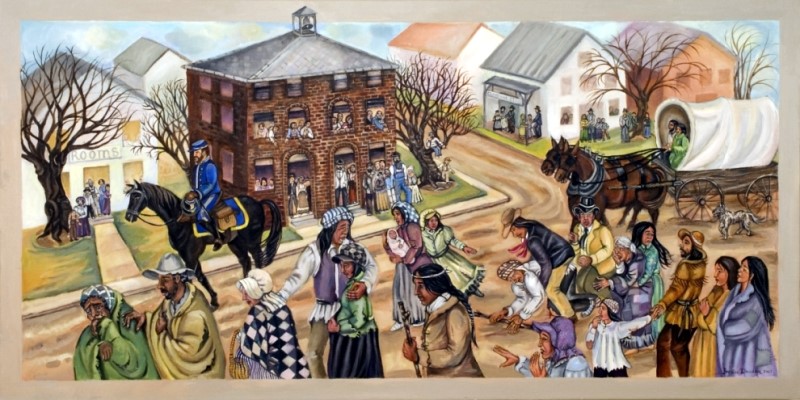
Funded by Bank of America for the Historical Society of Lawrenceburg, TN,
